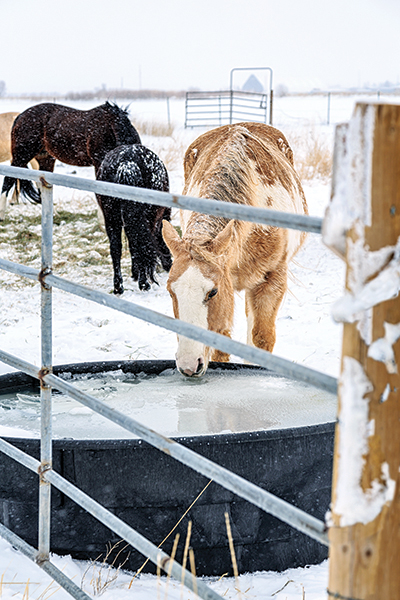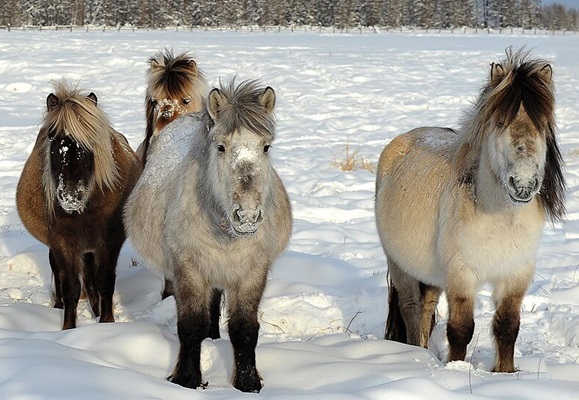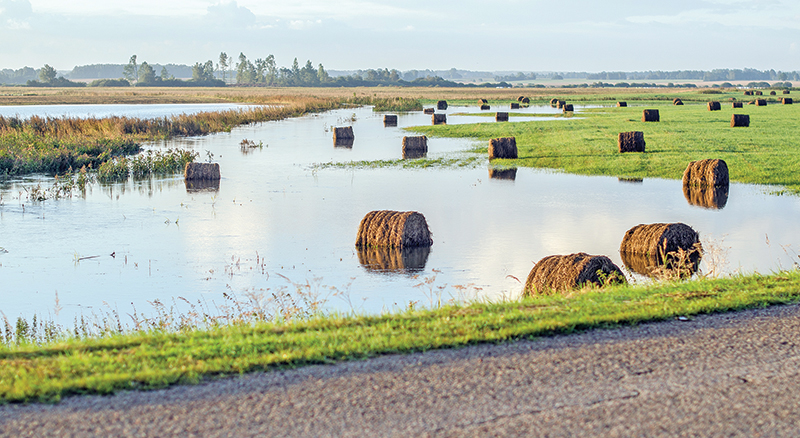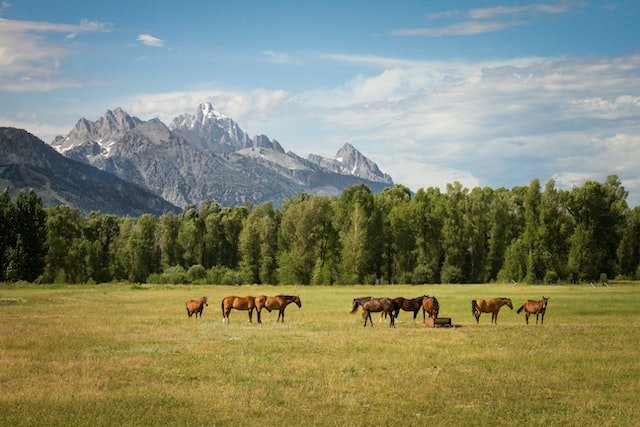Horses in Extreme Environments: Adaptation Stories

Horses have been companions to humans for thousands of years, thriving in a variety of climates and terrains. Their ability to adapt to extreme environments is a testament to their resilience and evolutionary versatility. This article explores how horses survive and flourish in some of the world’s most challenging habitats.
Introduction

Horses are found in diverse environments ranging from arid deserts to freezing tundras. Each environment presents unique challenges such as temperature extremes, scarce water, and limited food sources. Understanding how horses adapt to these conditions provides insight into their biology and behavior.
Key Adaptations of Horses in Extreme Environments

| Adaptation Type | Description | Example Environment |
|---|---|---|
| Physiological Adaptations | Changes in body functions to conserve water and regulate temperature. | Deserts, cold mountains |
| Behavioral Adaptations | Alterations in habits to avoid heat or cold, and optimize resource use. | Deserts, tundras |
| Morphological Adaptations | Physical traits that help in survival, such as coat thickness or hoof shape. | Arctic regions, rocky terrain |
Physiological Adaptations
- Water Conservation: Horses in deserts have kidneys that concentrate urine to reduce water loss.
- Thermoregulation: They can sweat efficiently to cool down and have a thick winter coat to retain heat in cold climates.
Behavioral Adaptations
- Activity Patterns: Desert horses may be more active during cooler parts of the day, such as dawn and dusk.
- Migration: Some wild horse populations migrate seasonally to access better grazing.
Morphological Adaptations
- Coat Changes: Horses in cold climates grow dense, insulating fur.
- Hoof Structure: Horses in rocky or icy environments develop tougher, more durable hooves.
Case Studies
1. The Namib Desert Horses
These wild horses live in one of the driest deserts on Earth. They survive by drinking from scarce waterholes and feeding on sparse vegetation. Their ability to tolerate heat and dehydration is remarkable.
2. Mongolian Horses
Adapted to the harsh winters of the Mongolian steppe, these horses grow thick coats and have a robust build to withstand cold and wind.
3. Icelandic Horses
Known for their thick double-layered coats and strong hooves, Icelandic horses thrive in subarctic conditions with heavy snow and ice.
FAQ
Q1: How do horses survive without much water in deserts?
A1: They have efficient kidneys that minimize water loss and can extract moisture from the plants they eat.
Q2: Can horses adapt quickly to new extreme environments?
A2: Adaptation is generally a slow evolutionary process, but horses can exhibit behavioral flexibility to cope with new conditions.
Q3: Do all horse breeds have the same level of adaptation?
A3: No, adaptation varies widely depending on the breed’s origin and evolutionary history.
Conclusion
Horses demonstrate incredible adaptability to extreme environments through a combination of physiological, behavioral, and morphological changes. These adaptations not only ensure their survival but also highlight the remarkable diversity within the species.
This article provides a comprehensive look at how horses manage to live in some of the planet’s toughest conditions, offering valuable insights for enthusiasts, researchers, and conservationists alike.
